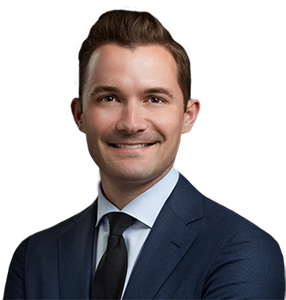Posterior Stabilization with or without Bone Graft
The shoulder consists of 3 bones (humerus, scapula and clavicle), which together form a ball and socket joint and help in the flexible movement of the shoulder. The shoulder is supported and stabilized by strong muscles, ligaments and a rim of cartilage tissue called the labrum. Falls and other traumatic injuries to the shoulder can dislocate (displace) the ball of the humerus (upper arm bone) out of the socket of the shoulder joint backwards and cause a tear in the labrum. Posterior stabilization surgery aims to restore your shoulder stability and prevent future dislocations.
Posterior stabilization is performed under general anesthesia to tighten the ligaments and capsules, and repair the damaged labrum. It can be done by either open incision technique, which involves making a single long incision at the back of shoulder, or by minimally invasive arthroscopy, which involves making several small incisions at the back of the shoulder and using an arthroscope (long tube with a camera attached at one end) to clearly view the operative site. Your doctor makes a small cut in your shoulder blade, takes out a piece of bone from the acromion (a small bony extension on the shoulder blade) and places it in the space within the cut to enhance the alignment of your shoulder bone. Your doctor then fixes the labrum back to the ball and socket joint of the shoulder with the help of special anchors, and tightens and/or repairs the overstretched and damaged ligaments.
After the surgery, you will be advised to wear a sling for about 6 weeks. Your physiotherapist will advise you to perform several post-operative exercises for your complete recovery.
Like all surgeries, surgery for posterior stabilization may be associated with complications such as infection of the wound, stiffness or pain in your shoulder, damage to the surrounding nerves and blood vessels, and allergic reactions to anesthesia.










